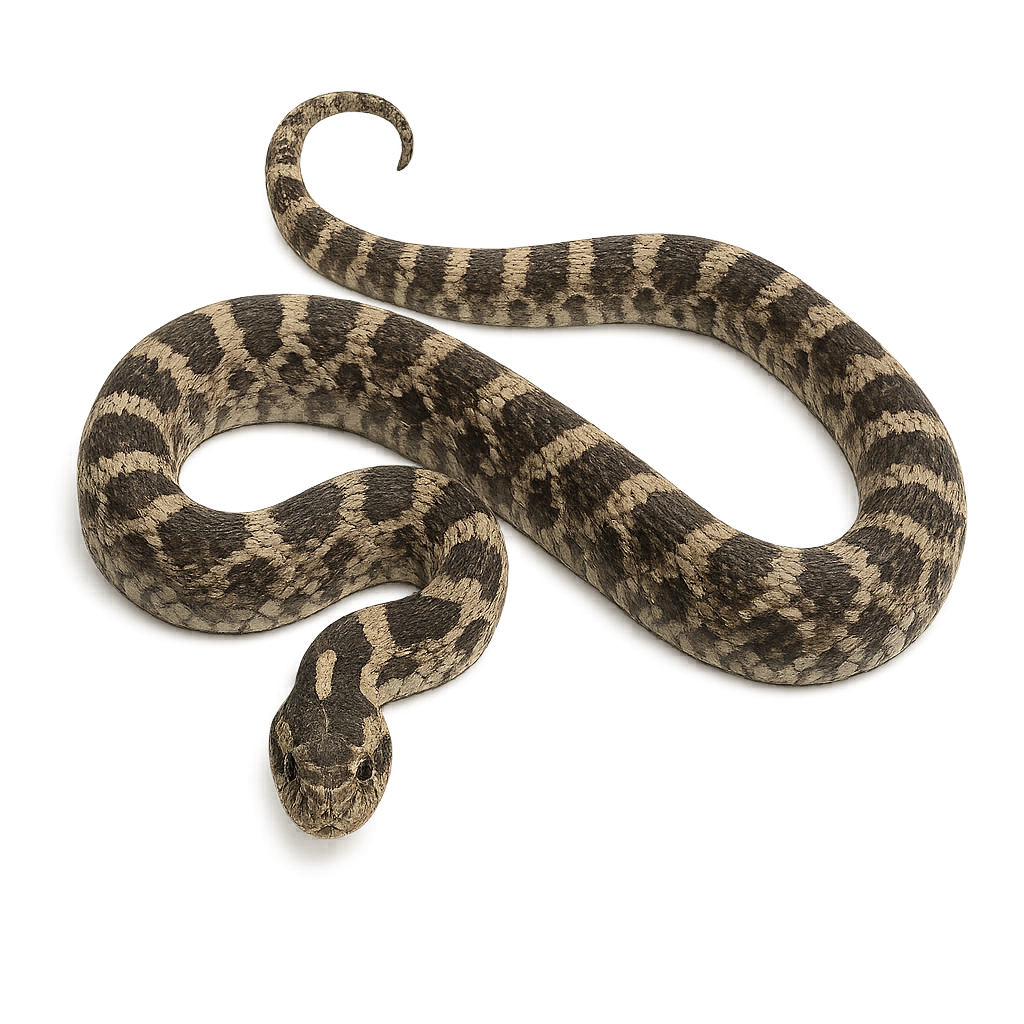Your wildlife photography guide.
Explore the four-lined snake in detail, study its behavior, prepare your shots.
Where to observe and photograph the four-lined snake in the wild
Learn where and when to spot the four-lined snake in the wild, how to identify the species based on distinctive features, and what natural environments it inhabits. The WildlifePhotographer app offers tailored photography tips that reflect the four-lined snake’s behavior, helping you capture better wildlife images. Explore the full species profile for key information including description, habitat, active periods, and approach techniques.
Four-lined snake
Scientific name: Elaphe quatuorlineata

IUCN Status: Least Concern
Family: COLUBRIDAE
Group: Reptiles
Sensitivity to human approach: Suspicious
Minimum approach distance: 5 m
Reproduction period: October to November
Incubation: 60–70 jours
Births: October to November
Habitat:
Open woodlands, rocky areas, agricultural lands
Activity period :
Active during the day when temperatures are favorable, often seen basking in the sun.
Identification and description:
The four-lined snake, Elaphe quatuorlineata, is a non-venomous snake primarily found in southern Europe. It is recognizable by its four dark stripes running along its yellowish-brown body. Typically measuring between 100 and 200 cm, it is one of the largest snake species in Europe. It prefers dry, rocky habitats, open woodlands, and agricultural areas. Although terrestrial, it is also a good climber. It mainly feeds on small mammals, birds, and eggs. Its behavior is generally calm, but it can become defensive if threatened.
Recommended lens:
200 mm – adjust based on distance, desired framing (portrait or habitat), and approach conditions.
Photography tips:
To photograph the four-lined snake, it is advisable to use a telephoto lens of at least 200 mm to capture detailed images without disturbing the animal. Look for it in rocky areas or forest edges where it may be basking in the sun. Be patient and discreet, as it can be suspicious. Opt for early morning or late afternoon hours to benefit from soft light and avoid harsh shadows.
The WildlifePhotographer App is coming soon!
Be the first to explore the best nature spots, track rutting seasons, log your observations, and observe more wildlife.
Already 1 430 wildlife lovers subscribed worldwide

